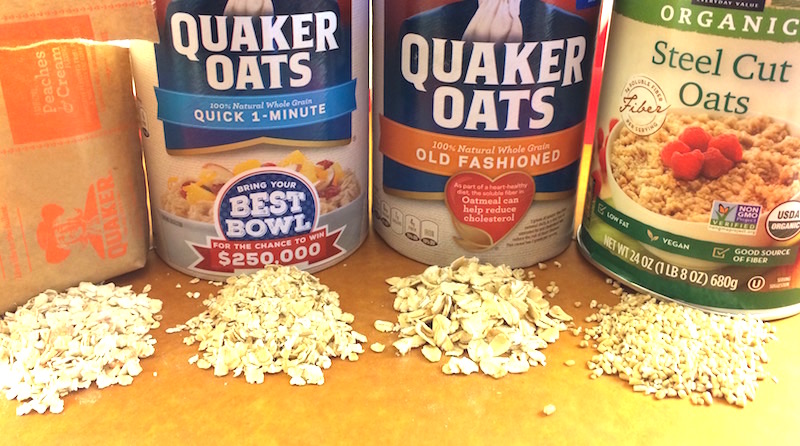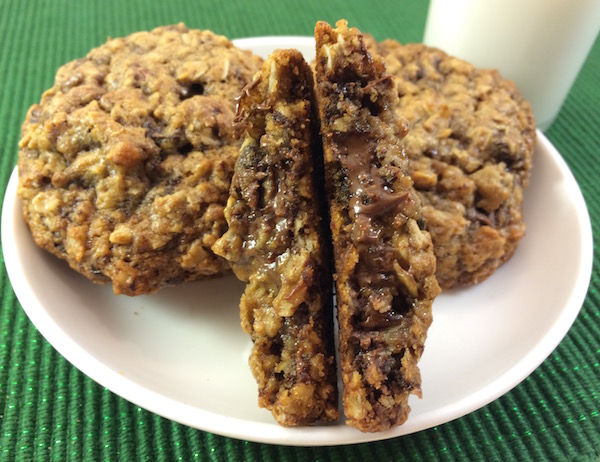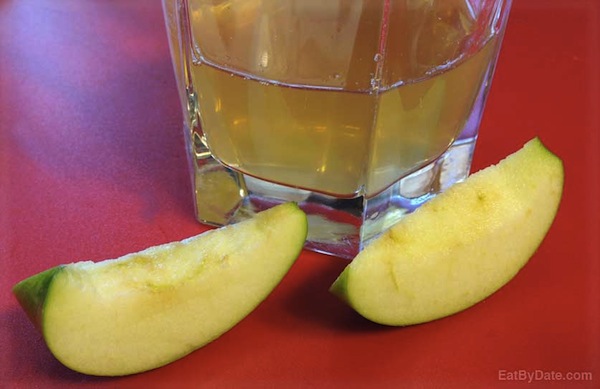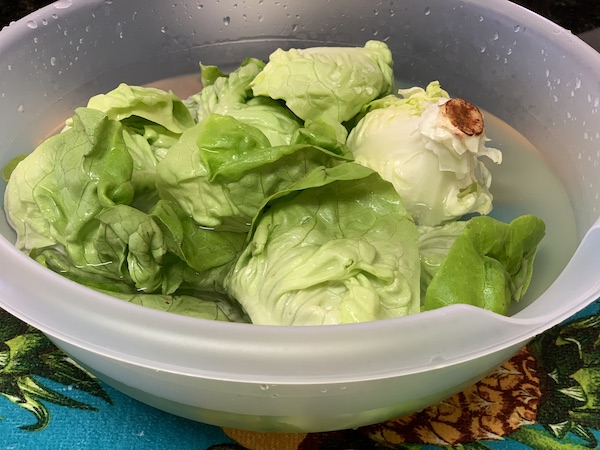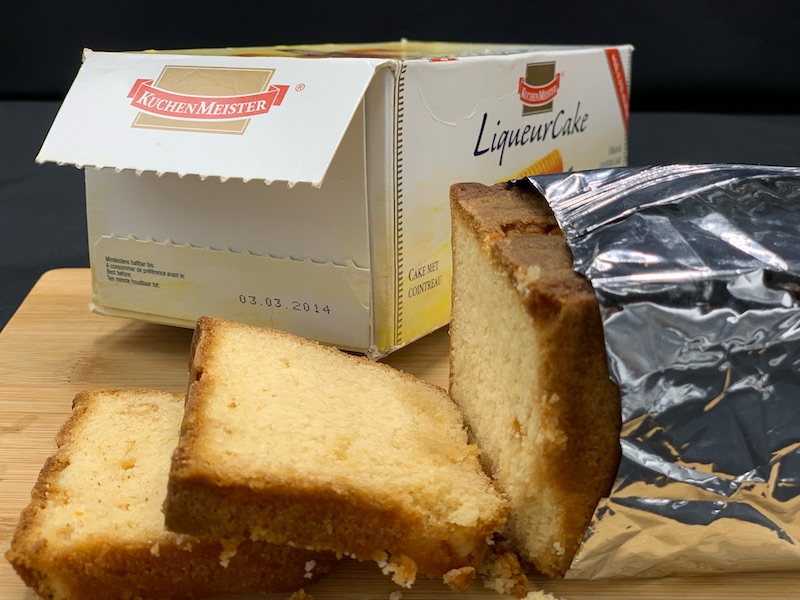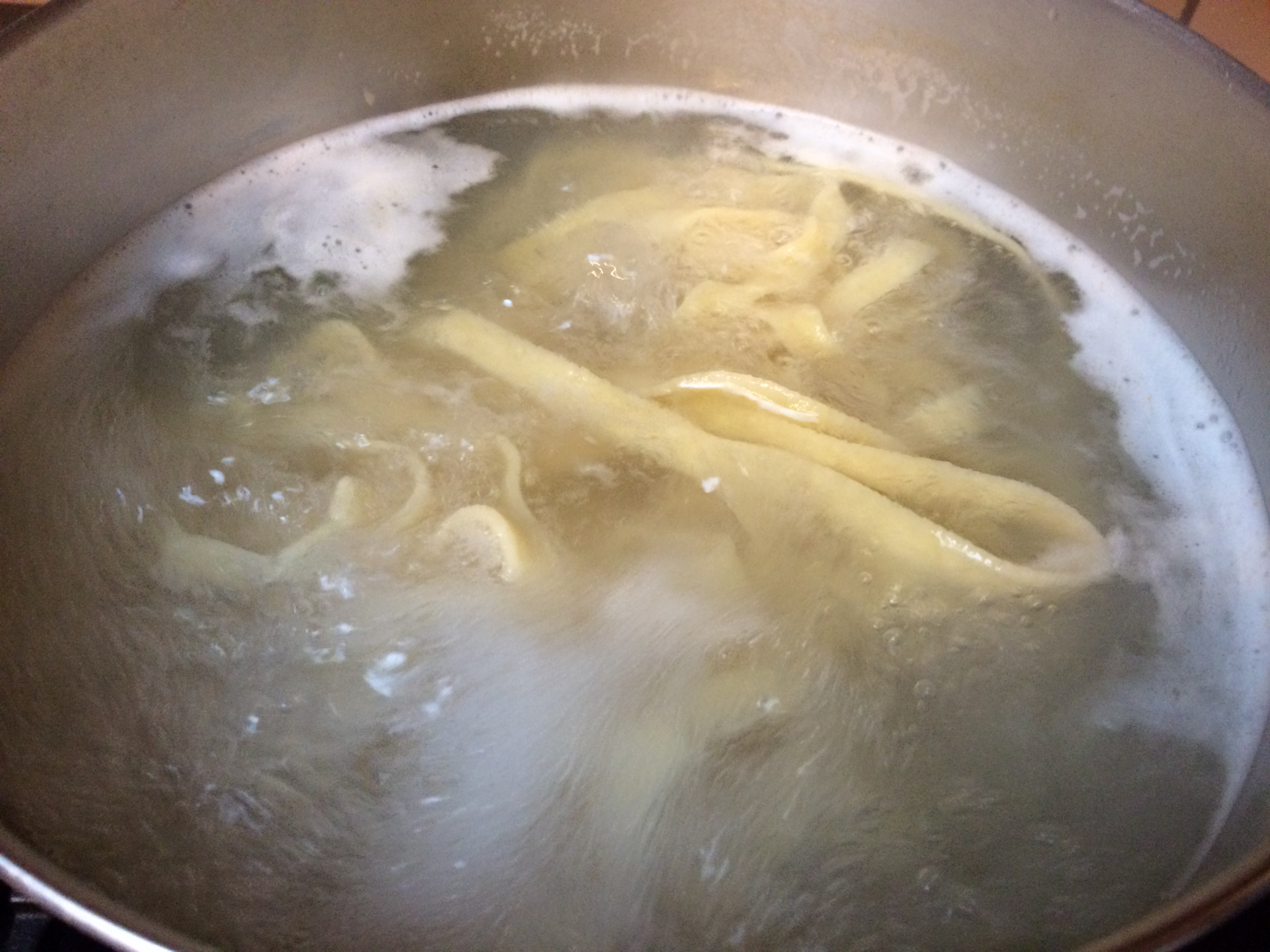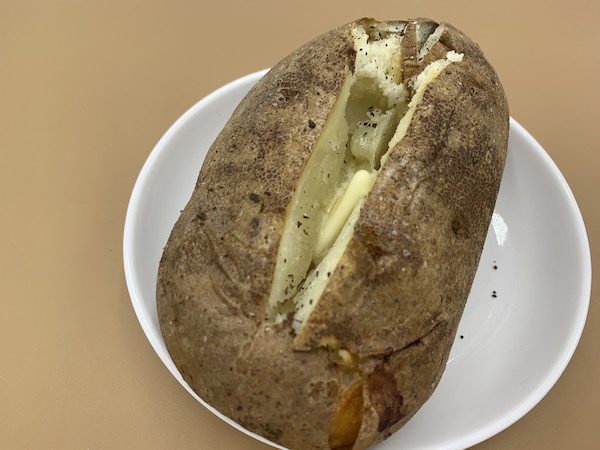Turkey Brine
How to Brine a Turkey
To brine or not to brine is a question that home cooks all over America ask themselves mid November. Some say the process is an absolute must and others reject the idea because it’s too messy or too salty.
Scientifically, it does make sense. You see, salt water that absorbs into protein will help it to retain moisture. Lean meats, like turkey, will dry out as they cook for long periods in the oven. Therefore, a turkey can benefit from the brining process.
Turkey Brine
How to Brine a Turkey
Brining will add both flavor and texture to
leaner meats.
Without natural fat marbling, lean meats can become
dry when cooked. With brining, the salt absorbs into
the turkey and begins to break down the protein
structure at the same time as it is adding flavor
and helping to retain moisture in the meat. The
added moisture in the turkey meat ensures more
moisture in the cooked turkey as the same amount of
water will cook out as before, but now there is more
water to begin with so more remains.
Basic Brine
A basic brine will consist of:
1 cup of coarse grain kosher salt (only 2/3 of a cup
if you are using a flatter, denser salt like
Mortons) and 1/2 cup of sugar thoroughly dissolved
into a gallon of warm water. Other herbs and spices
can of course be added to a brine, this is just the
basic brine recipe. Go ahead and add other flavors,
whether traditional herbs like rosemary and sage or
personal favorites. Let this mixture cool and then
refrigerate it until ready to use.
Basic Directions
The easiest way to handle a brining turkey is to start by placing a bag inside of a clean bucket (ones like these are available pretty cheap at Home Depot).

Then, proceed to step #1. 1) Place a turkey into a large container or plastic bag.
There are strong bags built just for this purpose available in grocery, specialty and online stores.
These work well:

2) Pour the brine mixture over the turkey and be sure that it is fully submerged in the liquid.
3) Seal the bag and place it in the
fridge.
If it won’t fit into the fridge, then use an
ice chest and add fresh ice to keep the temperature
between 32 and 40°F. Keeping a brining turkey cold
is essential to avoid the growth of bacteria. If
it’s cold enough outside, that could also be
an option to store the turkey for a day, but
don’t let it re-freeze or get warmer than
40°F.
How to Brine a Turkey
Brining Tips
Brining needs 24 hours on a fresh bird. If the turkey was frozen, be sure to stick it in the fridge about 4 days ahead of time. Brining will take place on the day before Thanksgiving, so be sure that the bird has been thawed properly.
The brine must stay below 40°F in order to prevent the growth of bacteria.
After 24 hours of brining, the turkey meat will begin to change in texture (less desirable).
After rinsing, pat the turkey dry with paper towels and then it air dry (uncovered) for at least an hour in the fridge before using. Remember to sanitize the sink and any utensils after rinsing in order to avoid any cross-contamination.
Try using unsalted butter in place of some drippings and add broth of the no-salt version.
How to Brine a Turkey
Additional Info
Brining bags are available at Amazon.
Remember, never try to cook a frozen turkey.
For a handy thawing chart, see our how to thaw a turkey post.


